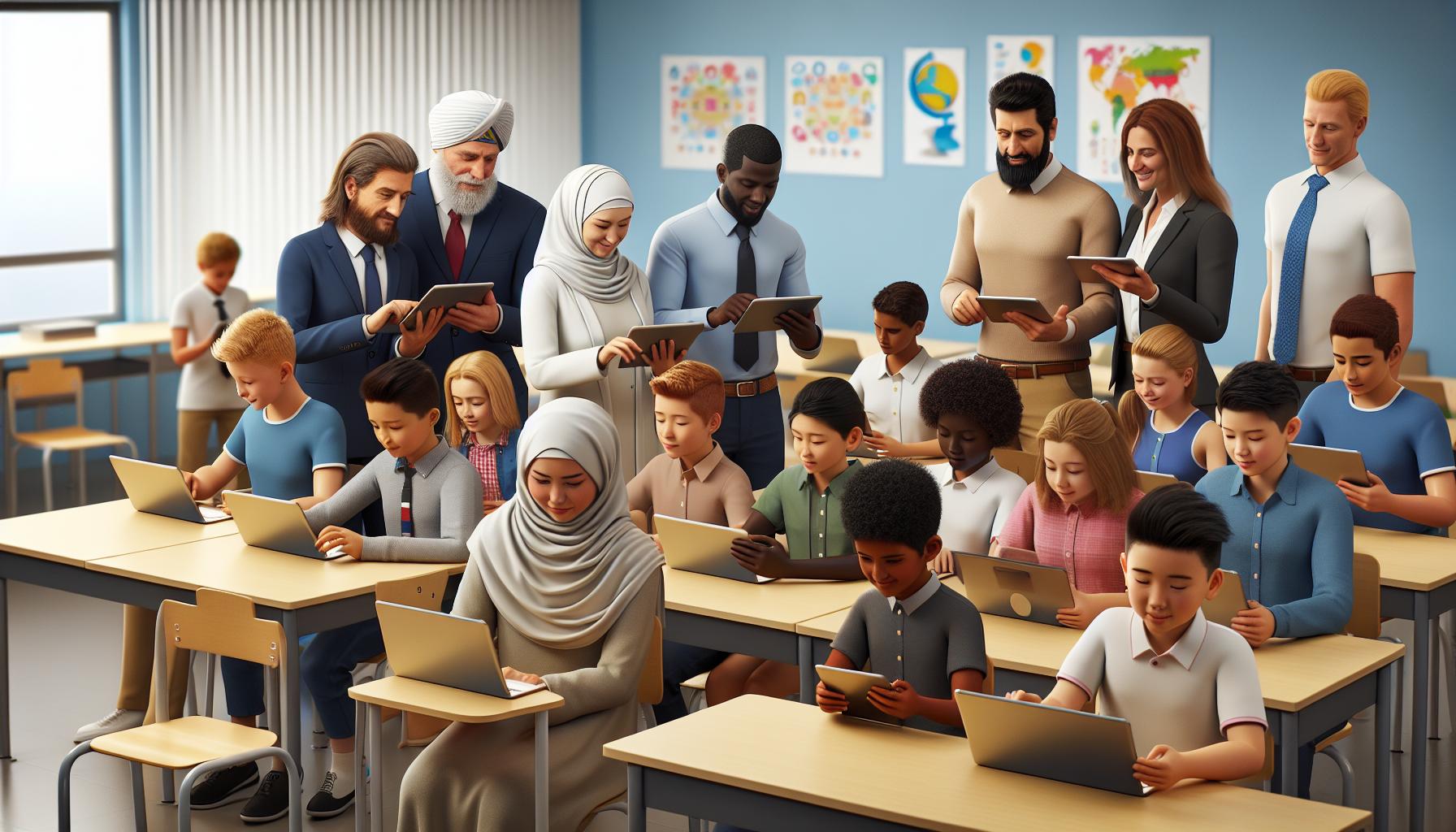Key Takeaways
- Education and learning present a plethora of choices, from early childhood resources to postsecondary education, offering learners various opportunities to engage in high-quality research findings.
- A digital learning journey can be made easier with the right e-learning platform. Key aspects to consider while choosing a platform include ease of use, mobile compatibility, scalability, security and affordability.
- Maximising an online learning experience involves active participation, usage of various content formats, efficient time management and creating a dedicated learning space.
- Bilingualism enriches cognitive abilities, enhancing attention, memory, problem-solving skills, creative thinking and delaying age-related cognitive decline.
- Strategies for better language learning involve practicality, consistency, using spaced repetition and immersion in the chosen language.
- In the digital era, critical thinking is a must-have skill to sift through information and form unbiased judgements effectively. Techniques to hone this skill include critical examination of the information source, cross-referencing facts, and acknowledging biases.
- The future of work requires continuous learning and evolution of skills, focusing on digital literacy, emotional intelligence, adaptability, and critical decision making. Technological advancements like AI, VR, AR, and Blockchain are shaping the future of education.
- Challenges faced in modern education include the digital divide and the need for inclusivity. Potential strategies to counter these involve providing affordable devices and internet access, promoting digital literacy, offering assistive technologies, and designing learning content in diverse formats.
Navigating the World of E-Learning
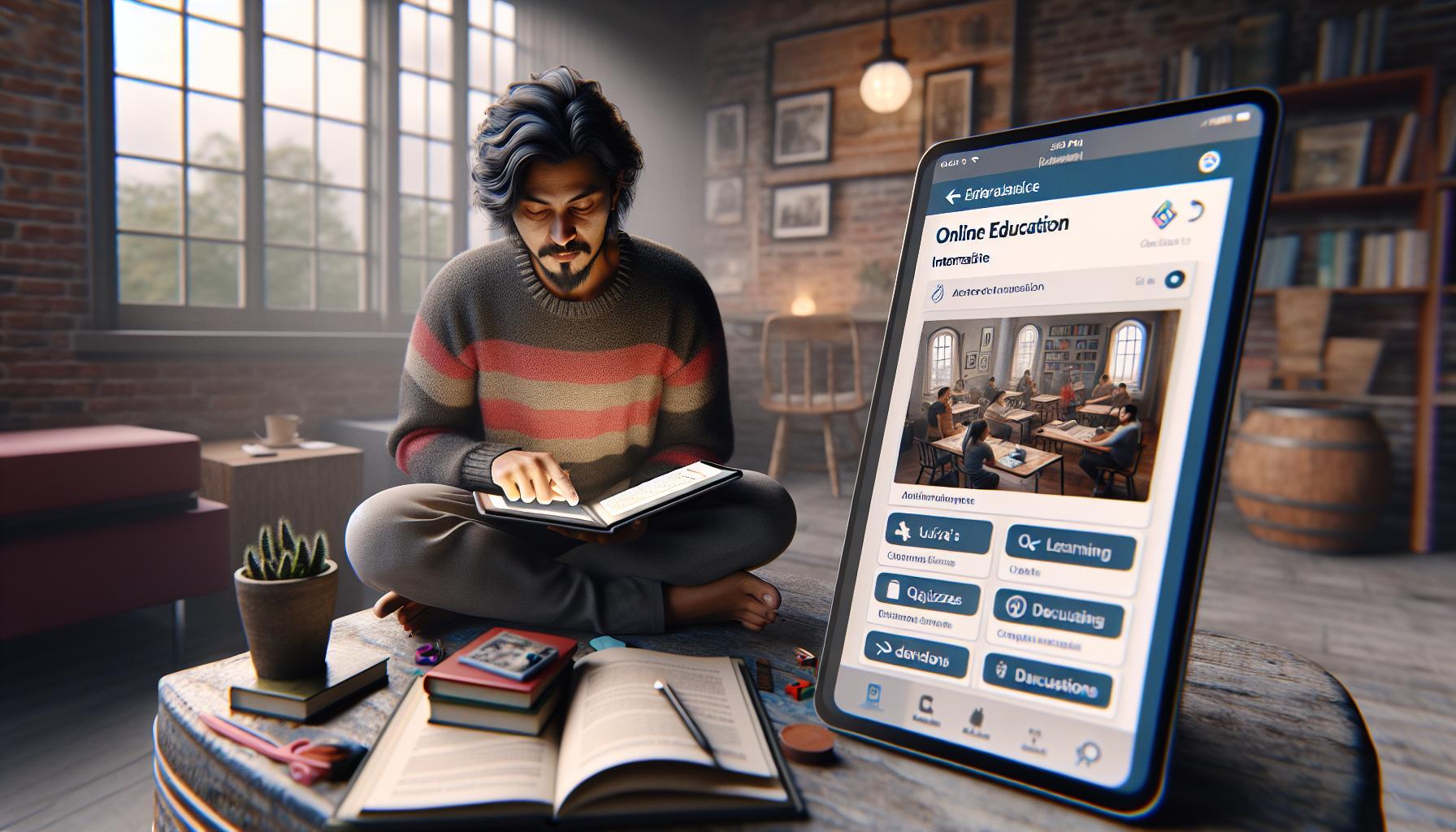
Embarking on your digital learning journey can feel like setting sail on uncharted waters. There’s no need for concern though – with the right compass and map, exploring the world of e-learning will be as breezy as a summer’s day on the Saskatchewan River.
Choosing the Right E-Learning Platform for You
Selecting an e-learning platform that complements your learning style is akin to finding the perfect pair of shoes; it’s about striking the right balance between comfort and style. Ease of use and mobile compatibility are the comfy cushioning that ensures a smooth journey, while supported content formats add that unique touch of style.
Taking scalability into regard is like picking a pair of shoes with extra room, providing space for growth. Don’t overlook security – it’s the robust lace holding it all together. Finally, consider your budget as you’d consider the price. Avoid getting swept away by shiny, unnecessary features. Focus on what you really need.
Maximising Your Learning Experience Online
In the area of online learning, the traditional classroom is reshaped. Here’s how you can chart your own course. Make the content your own by actively engaging through activities, quizzes, and discussions. It’s akin to shaping the environment to fit your liking.
Leverage provided resources as your ever-reliable toolbox, and participate in live sessions to bridge the gap with instructors and peers. Don’t confine yourself to one content format; explore different landscapes through videos, podcasts, and readings.
Being a fruitful digital learner is about setting achievable goals, careful time management, and creating a dedicated space for learning. It’s your own personal island in the vast ocean of the e-learning world. So, immerse, maintain an open mind, and embrace the flexibility of online learning.
Embracing Bilingualism for Cognitive Enhancement
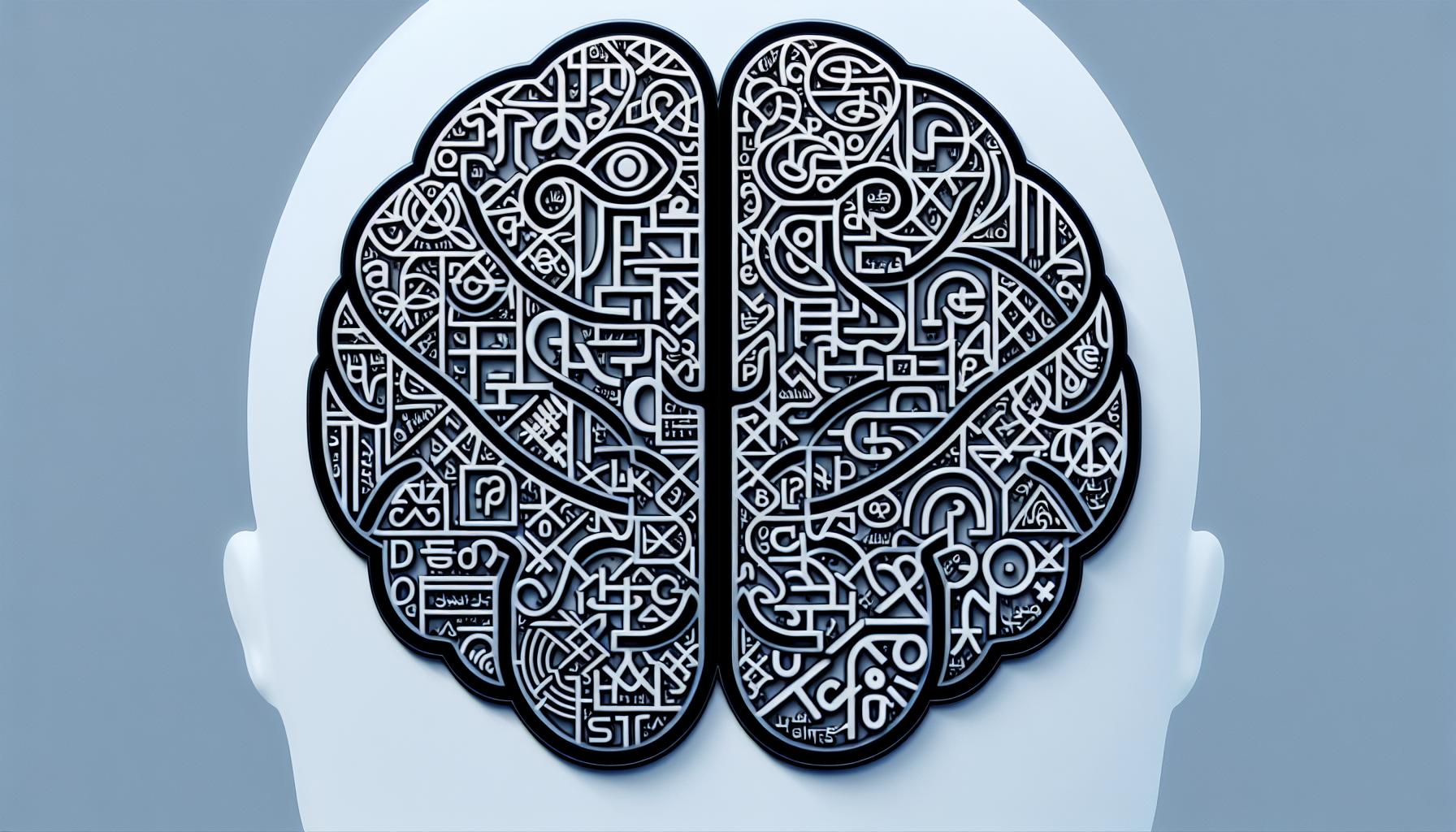
The Cognitive Benefits of Learning a New Language
Bilingualism isn’t just about cultural awareness or expanded opportunities. Far more than a simple skill, it has deep implications for your cognitive abilities. You’ve probably heard of how playing Sudoku or completing a crossword puzzle can help keep your mind sharp. Now imagine doing that, but with a twist – you’re not only engaging your mind, you’re also rewiring it. That’s what bilingualism can do. It’s like a workout for your brain muscles helping you with better attention, inhibition, and task switching. Not just that, but your memory, especially your working and episodic memory, sees a performance boost. Enhanced problem-solving abilities? Check! More creative thinking? Absolutely! And, an interesting side effect? It delays age-related cognitive decline and dementia. How’s that for some brain flexing!
Strategies for Successful Language Learning
Brace yourself. We’re about to begin on a wonderful journey of language acquisition. Try not to ask, “What’s the best way to learn a language?” Instead ask, “What’s the best way for me to learn a language?” Clear the deck as we jump into some strategic maneuvers to take your learning journey full steam ahead.
Immerse yourself in the language: Turn your surroundings bilingual. Pop a foreign film into your DVD player, add some books in your target language to your bookshelf, or listen to songs in the language you want to learn.
Use spaced repetition: Remember the flashcards you used as a kid? They’re back in a new avatar! Make those cards, add in your vocabulary, ensure you’re reviewing them at increasing intervals, and voila!
Focus on practicality: Start with common words and sentences that you are likely to use. The “hello”, “please”, “thank you”, of the language world.
Give yourself permission to make mistakes: The trick is to start speaking from day one, mind your accent, rhythm, and pronunciation. Perfect grammar can wait.
Stay consistent: Create goals, and establish a study routine. We’re not talking about vague “learn Spanish” goals, but specific “learn 10 new Spanish words”. Using language apps, online courses, or resources is great, but ensure they fit your learning style.
See! It’s not just about learning a new language. It’s about a cognitive upgrade. It’s about enhancing your learning as a whole. Now go forth, embrace bilingualism and set your cognitive wheel in motion.
Cultivating Critical Thinking in the Digital Era

In the digital area, your thoughts, ideas, and decisions are constantly swayed by an ocean of information. This setting demands a highly honed skill – Critical Thinking.
Understanding Critical Thinking in Today’s World
Critical thinking is like your internal compass, guiding you through the chaotic maze of digital info clutter. It’s your ability to sift through this barrage, breaking down information, examining it meticulously, and finally, forming an unbiased judgment. This skill is no longer just nice-to-have but a must-have in the contemporary world that implores you to distinguish what’s a fact and what’s merely an opinion. Whether you’re deciding to follow a post on your preferred social media platform or wrestling with an academic dilemma, critical thinking paves the way for well-informed decisions leading you on a path of success in our rapid 21st century.
Techniques for Evaluating Information Critically
So, how can you upgrade your critical thinking skills and become an efficient information evaluator? Start by examining your info source critically. Check who’s behind the information, consider their credentials, it’s not just about the ‘what’, but the ‘who’. Look for references and citations that back up the claims made. Verify, validate and cross-reference with other reliable, reputable sources. Be careful, watch out for any biased language used, emotional appeals, or logical fallacies. Run your findings through your own knowledge base. How does it align with what you already know or understand? Post your queries on fact-checking sites. Dive deeper into tried and tested critical thinking frameworks like The CRAAP Test. It’s a systematic approach that makes information evaluation manageable, even enjoyable.
Remember, expanding your critical thinking skills is much like tuning a radio – it takes careful calibration and plenty of practice to hit that perfect reception.
The Future of Education and Skills Development
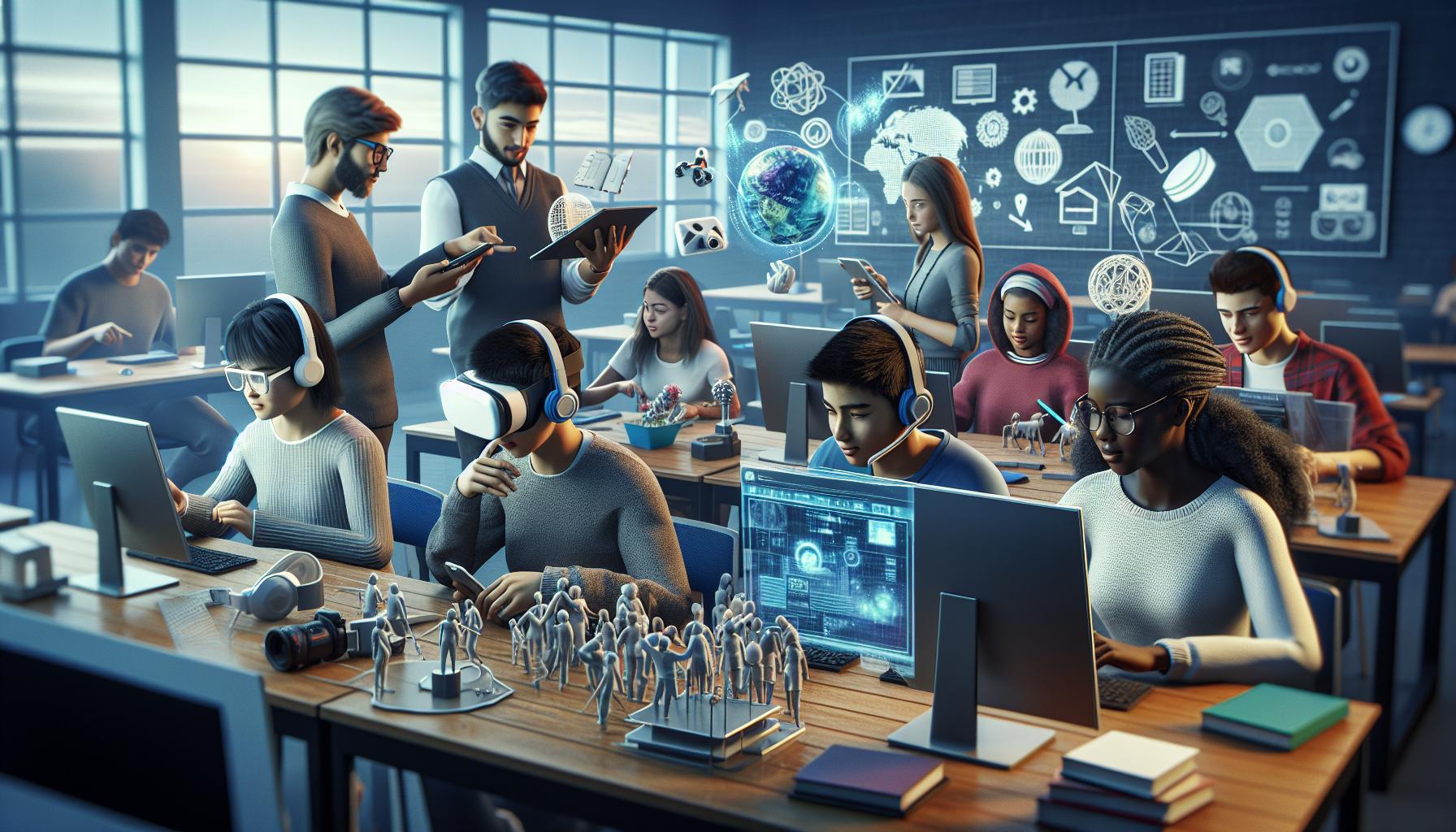
Skills That Will Shape the Future of Work
As we stride fearlessly into the digital age, it’s clear that the futures of education and work are inexorably linked. The skills you need to thrive in the workplace of tomorrow are evolving. No longer are traditional competencies enough; the digital wave requires you to ride the crest of digital literacy and computational thinking. Got data? You’ll need to know how to analyse and interpret it. And let’s not discount emotional intelligence and interpersonal skills. Machines might out-compute us, but they can’t emulate human interaction – not yet, at least.
But that’s not all. Adaptability, resilience and continuous learning; creative problem-solving and innovation; critical thinking and decision making – these are the key skills that will navigate the future of work. You see, our world doesn’t stand still, and neither should our learning. Educational institutions need to keep pace, updating curricula, revising teaching methods, and reaching out to industries to ensure they’re shaping people, not just for today, but for the bright and shining tomorrow.
Innovations in Educational Technology
Let’s investigate into the technological innovations in education: Artificial Intelligence isn’t just a buzzword; it’s a tool that can personalise learning, speeding up feedback, and replacing the tedium of administrative tasks. Ever tried on a VR headset or explored an app in AR? This is the new face of immersive learning experiences and training simulations. And let’s talk about Blockchain – no, not for crypto, but as a secure way to store academic records and achievements, forging lifelong learning pathways.
These technological advancements aren’t just trends; they are shaping the future of education, making it more personalised, more engaging, and more attuned to your needs. But technology without a goal is like a ship without a helm. That’s where Learning Analytics come in – tracking student data, highlighting areas of improvement, and optimising outcomes. As we begin on this journey into the future of education, it’s clear that the horizon holds promise, innovation and an education that truly revolves around you.
Overcoming Challenges in Modern Education
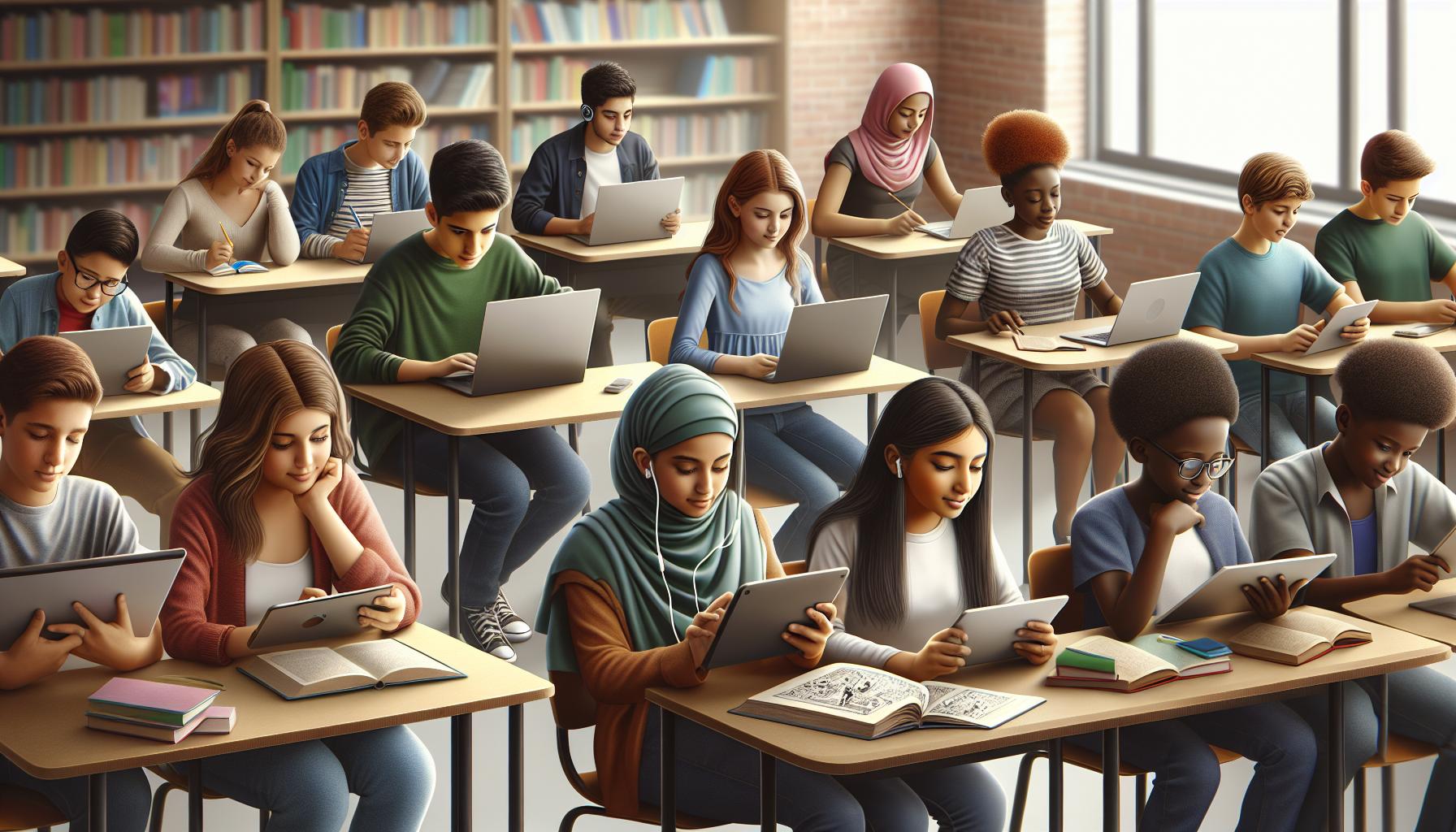
In the evolving world of education, we’re facing numerous hurdles. From bridging the digital divide to promoting inclusivity, the tasks ahead are monumental yet vital. Here, we investigate into these challenges and explore potential strategies to circumnavigate them.
Addressing the Digital Divide in Learning
Imagine a world where every student, irrespective of their socio-economic background, geographic location, or family income, has equal access to technology and digital learning resources. Sounds utopian, doesn’t it? The reality, but, highlights a stark digital divide. This divide segregates those with access to technology and digital skills from their less fortunate counterparts.
Online learning has exploded in the digital age, leaving students from low-income families, rural areas, and developing countries gasping at the sidelines. But there’s hope. By rolling out initiatives to provide affordable devices and internet access, we start to bridge the gap.
Beyond providing infrastructure, we need to empower students and educators through digital literacy training. We can also develop offline learning solutions and low-bandwidth content to cater to students with limited access to high-speed internet. Fostering public-private partnerships is key to establishing community technology centres. You see, equitable access to digital learning opportunities isn’t a luxury. It’s a necessity. And it’s crucial for inclusive 21st-century education.
Promoting Inclusivity and Accessibility in Education
What if we could create a world where every student, irrespective of their background or ability, feels included in the learning process? Where diversity is valued and every voice is heard? That’s the vision behind inclusive education.
Inclusivity and accessibility stretch beyond physical barriers. Digital learning spaces must be accessible to all, including students with disabilities. Offering assistive technologies tailored to individual needs is vital. We need to design learning content in diverse formats, be it text, audio, video, or braille.
Our choice of language and the perspectives we present in our curricula play significant roles in cultivating inclusivity. And it doesn’t stop there. We also need to train educators in differentiated instruction and universal design for learning. By tearing down barriers and celebrating diversity, we inch closer towards educational equity. Together, we can create an inclusive learning environment where every student feels welcome. Because learning isn’t confined to four walls or a digital screen – it’s a lifelong journey that belongs to everyone.
Lifelong Learning: Beyond Formal Education
You’ve seen the challenges that modern education faces and the importance of digital inclusivity. It’s clear that we need to bridge the gap in tech access, particularly for low-income families and rural communities. But remember, it doesn’t stop there. Accessibility and diverse learning formats are vital for students with disabilities. As you move forward, consider how you can contribute to this change. Perhaps you’re an educator who can champion inclusive practices. Or maybe you’re in a position to support community tech centres. Every effort counts. Together, we can create an educational world that’s inclusive, equitable and truly fosters lifelong learning. The journey to better education doesn’t end here. It’s a continuous process, one that demands our collective commitment. So let’s keep learning, growing and advocating for change. Because every student deserves to feel included in the learning process.

